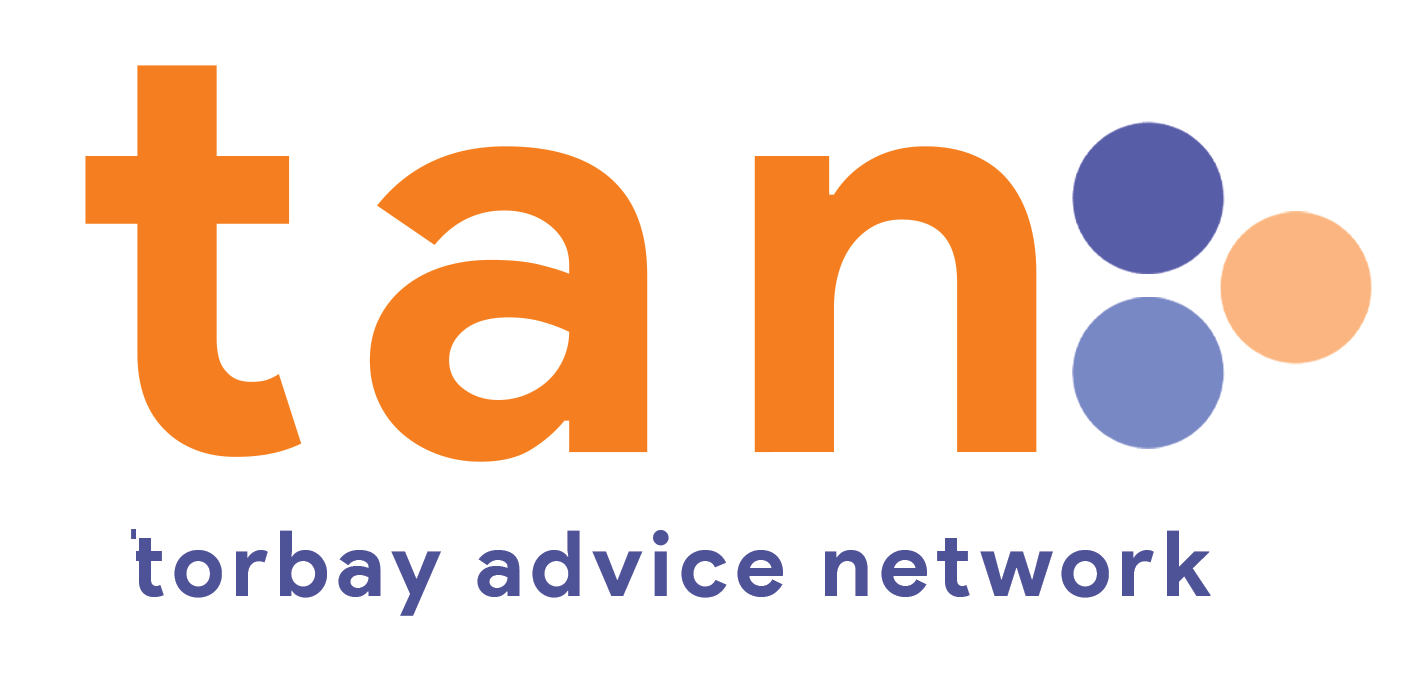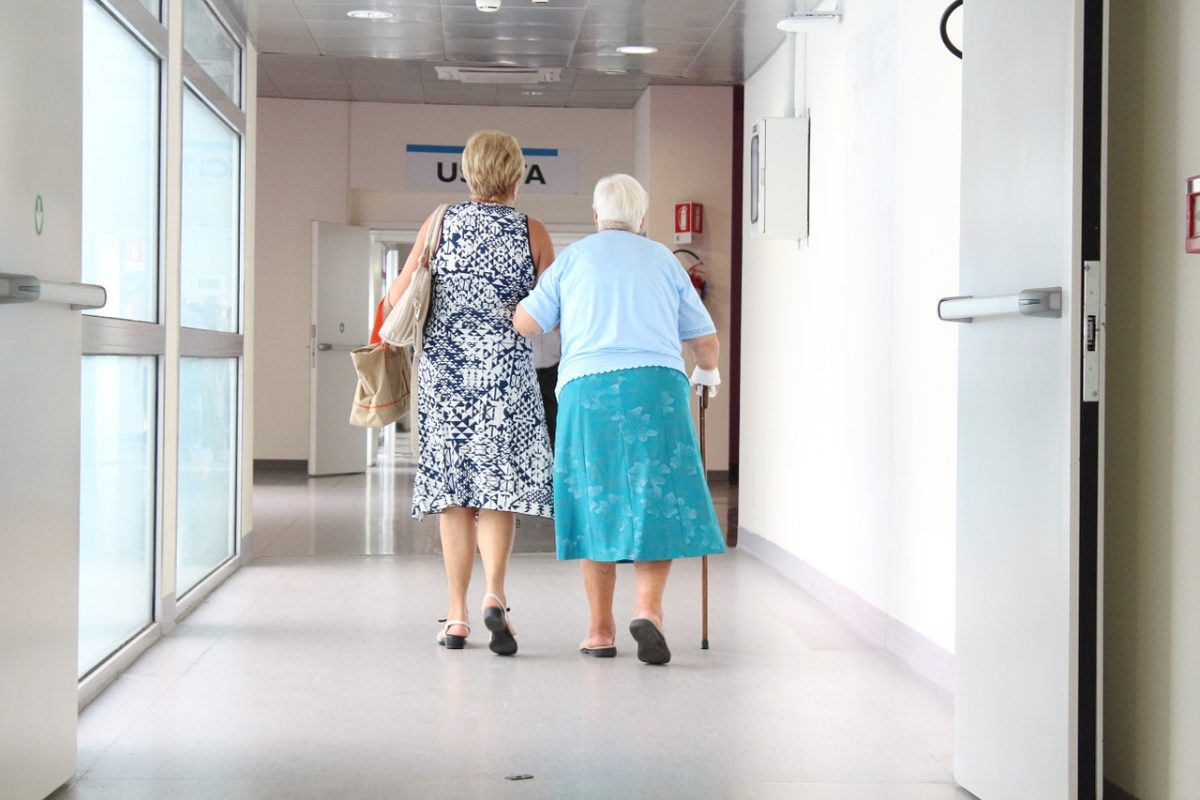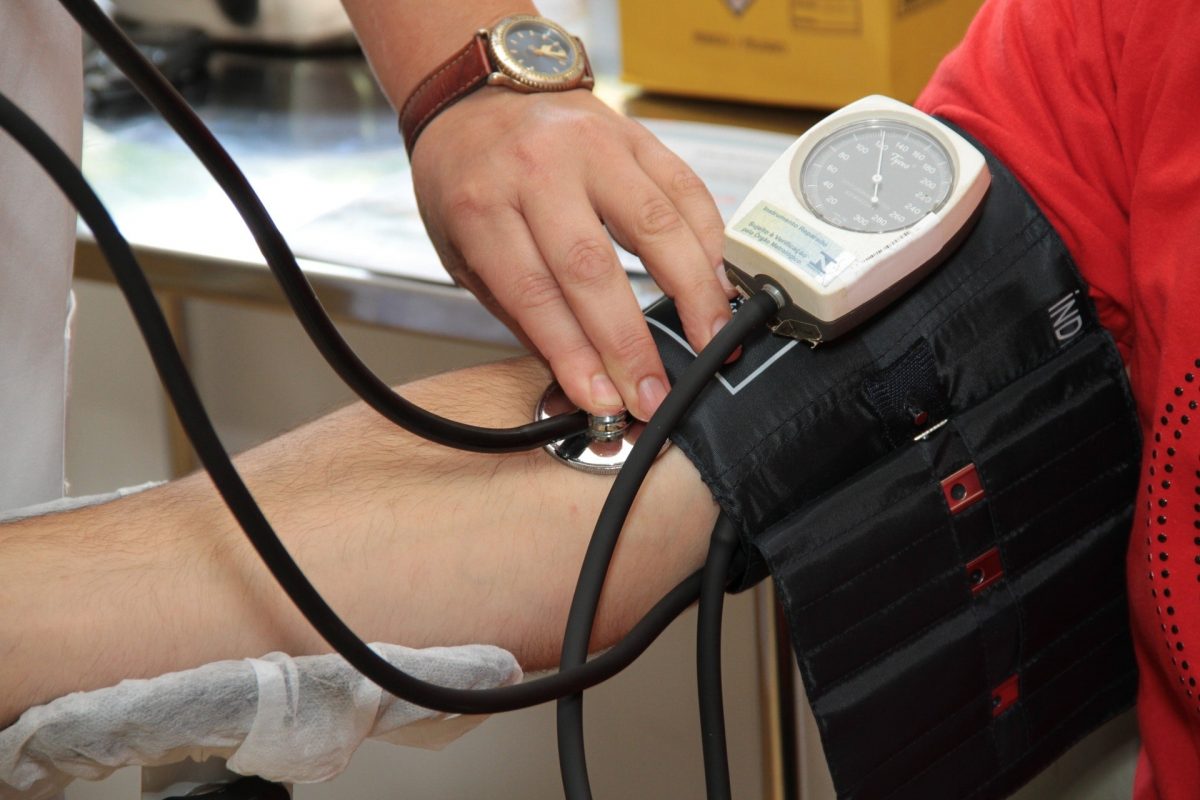Shared Parental Leave (SPL) and Shared Parental Pay (ShPP) allow the birth
parent (or adopting parent) to curtail the amount of Maternity Leave and
Statutory Maternity Pay or Maternity Allowance (or Statutory Adoption Leave
and Pay) that they would have been eligible for, and instead transfer that
balance to the other parent. Up to 50 weeks of leave and up to 37 weeks of
pay can be shared in this way.
The UK has, in theory, an income safety net to ensure that nobody has too little income to subsist.
Universal Credit (UC) is supposed to provides a minimum monthly income for all working age adults and
their children, provided that those able to work take steps to find employment. Pension Credit provides a minimum income guarantee for those above state pension age. The purpose of these benefits is to ensure that nobody has to be left without financial means; on this basis, some people are excluded because they have savings that they could draw on. But for this to be called a safety net, it needs to be set at a level sufficient to meet people’s basic needs. No government has ever tested benefit levels against this criterion.
Life expectancy at birth in England has been increasing at a markedly slower rate since 2011 than in previous decades. In a previous note IHE provided an estimate of the proportion of the slowdown associated with changes in seasonal factors.
The UK is entering this election year with unacceptably high levels of poverty, appallingly high for some groups. We need a coherent plan with creative policies to end poverty in the UK.
This report looks at the current situation across different groups and regions, and the future prospects for poverty in the UK.
Imagine not knowing where you are going to stay tonight. Where do you go, where will you sleep, how are you going to wash yourself and what are you going to eat? This is the reality for over three thousand people in England forced to sleep on our streets tonight.
This briefing looks at how children and young people’s mental health services in England work and sets out relevant Government policy and statistics.
Adult social care in England is in crisis. Many people go without the care they need, staff pay and conditions are poor, and reliance on unpaid carers is high. The crisis in social care also has knock-on effects for the NHS and pressures in hospitals.
The welfare cap is a limit on the amount that government can spend on certain social security benefits and tax credits. The cap aims to better control spending in an area that can be difficult for government to control. Around half of total welfare spending is included in the cap. It excludes pensions and those payments most sensitive to the economic cycle. The cap was first introduced in Budget 2014 and the Office for Budget Responsibility (OBR) – the UK’s fiscal watchdog – first reported on whether the cap had been met or exceeded alongside Autumn Statement 2014. The operation of welfare cap is laid out in the Charter for Budget Responsibility – the document that sets government policy and targets for the public finances.
This paper provides figures for the number of people claiming unemployment benefits (the “claimant count”) for the UK and by parliamentary constituency.
Alternative Payment Arrangements for Universal Credit claimants who cannot manage their single monthly payment.





